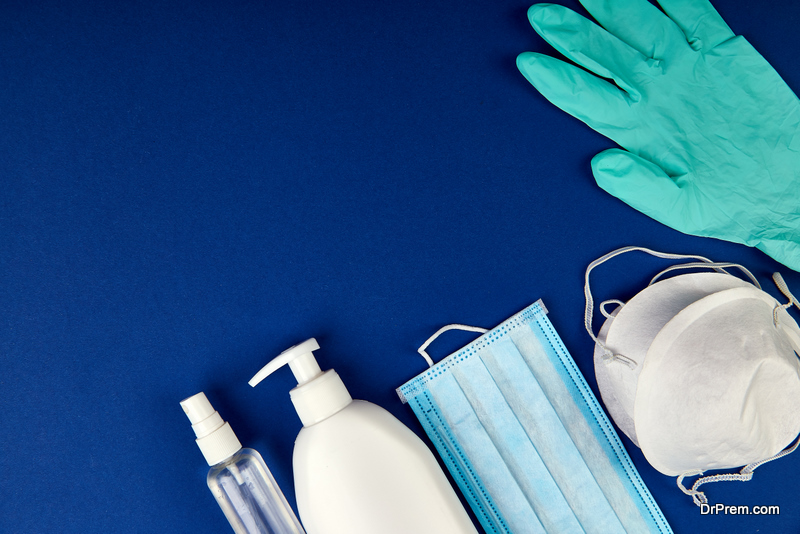After more than a year, the COVID-19 pandemic continues to overwhelm the world’s public health infrastructure. The use of personal protective equipment (PPE) has partly helped curtail the virus’s spread among health workers and the general population.
PPEs for coronavirus (COVID-19) comprise safety gear such as surgical masks, respirators, hand gloves, goggles and glasses, and level 3 isolation gowns, among others. Frontline health workers must understand what PPEs to wear and how to use them appropriately. PPEs protect the wearer from infections, including the Coronavirus.
Who Needs To Wear PPEs?
 Well, as far as COVID-19 is concerned, everyone needs to use PPEs when stepping out to public places. People who have tested positive for the SARS-CoV-2 virus must wear facemasks when medical teams treat them. Frontline healthcare professionals are encouraged to adhere strictly to transmission-based precautionary measures when caring for their COVID-19 patients.
Well, as far as COVID-19 is concerned, everyone needs to use PPEs when stepping out to public places. People who have tested positive for the SARS-CoV-2 virus must wear facemasks when medical teams treat them. Frontline healthcare professionals are encouraged to adhere strictly to transmission-based precautionary measures when caring for their COVID-19 patients.
The Question Is: Who Should Always Use PPE?
In some cases, you don’t have to wear PPE at all; an example is when you are staying safe at home with your family. However, you will need it if you are in a public setting or suspect that you are in a COVID-19 hot spot or come into contact with people showing acute respiratory symptoms. They are also important when conducting a clinical examination or collecting samples from suspected or confirmed COVID-19 patients. If you are a frontline worker in a healthcare facility or live in an area with significant transmission levels, you should have PPE.
Health centers should provide surgical masks to patients to wear straight away if they show Coronavirus symptoms, are going through quarantine or isolation, or are suspected or confirmed to have contracted COVID-19.
How To Use PPE Gear Correctly
 More than one method of using PPE may be appropriate. It’s critical for healthcare providers to train their workforces on the best PPE habits. Here is an excellent example of how to don your PPE (including respirators) the right way.
More than one method of using PPE may be appropriate. It’s critical for healthcare providers to train their workforces on the best PPE habits. Here is an excellent example of how to don your PPE (including respirators) the right way.
Identify and get the best PPE to wear. Ensure that the size of your gown matches your measurements. Observe good personal hygiene by using a hand sanitizer and washing your hands. Wear your isolation gown, and don’t forget to fasten all the ties on your gown. You may need help from other personnel to put on your gown. Put on an approved N-95 filtering respirator or facemask. If your respirator has a nosepiece, you should fit it to your nose with both hands and do not bend or pinch the nosepiece.
With a facemask, you have to secure the ties or hook the loops appropriately around your ears. Don your face shield or goggles. When using an N-95 respirator, try to choose the proper eye protection and ensure that it does not seal the respirator. Face shields can cover your entire face, and goggles are suitable for protecting your eyes. Having worn your gloves, you may now visit the patient room.
If your healthcare facility lacks the right PPEs to handle COVID-19 patients or to take samples, then shop for high-end personal protective equipment from LinenPlus.ca.
Article Submitted By Community Writer




